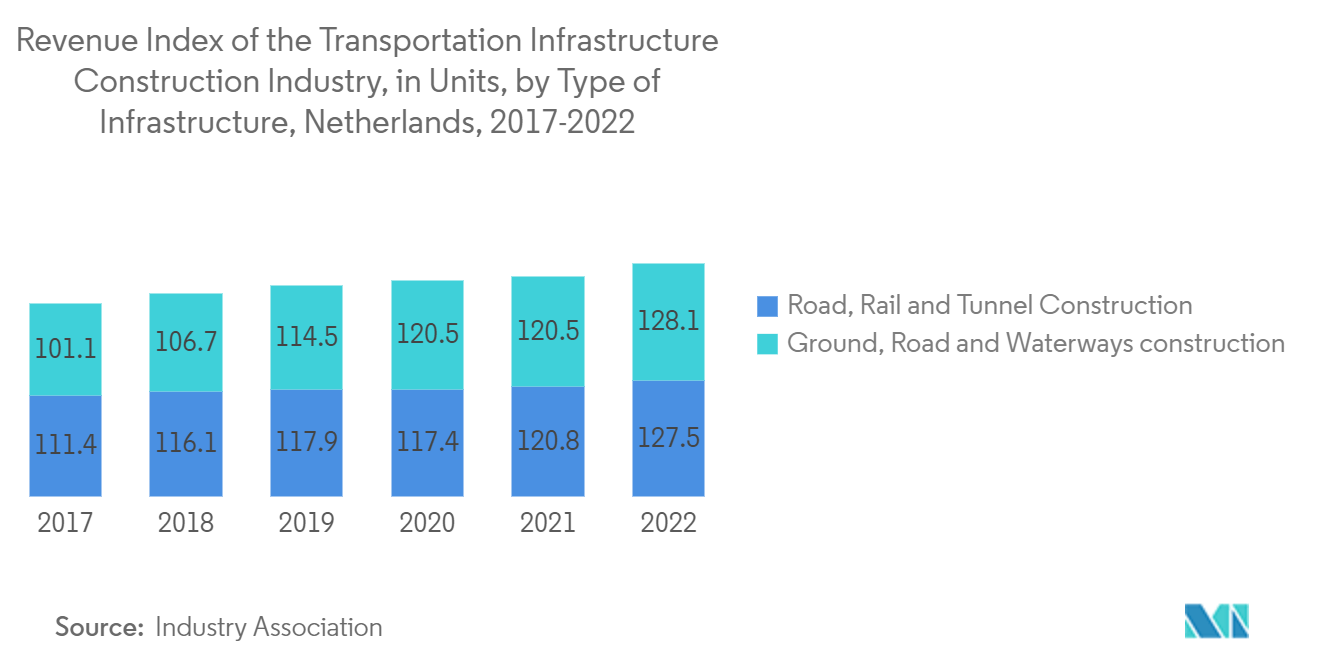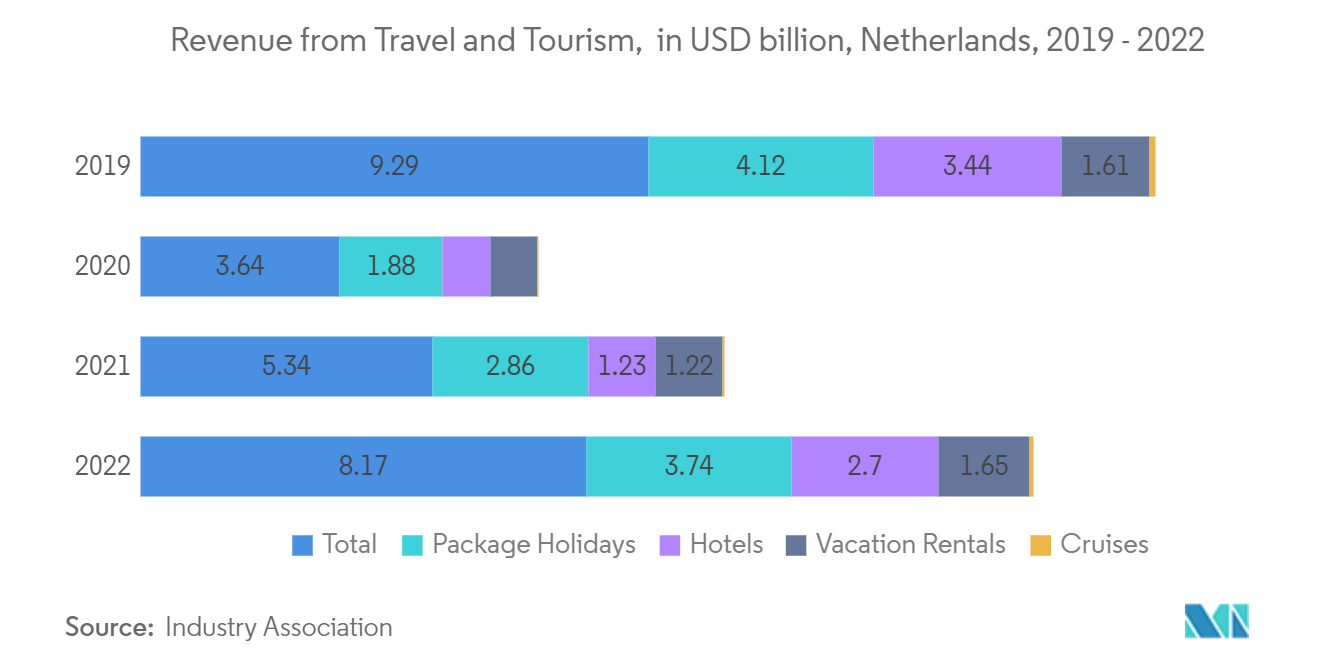Market Trends of Netherlands Transportation Infrastructure Construction Industry
Increasing Demand for Transportation Infrastructure
Transportation is a key factor in the growth of the economy in the Netherlands because it is a highly developed country with a very dense population. The country has a very dense and modern transportation infrastructure, facilitating transport with the road, rail, air, and water networks. The main mode of transportation for long distances in the Netherlands is train. Regional and local public transport is by bus, and in some cities by metro and tram. Randstadnet or R-net is a collaborative project of governments and public transport operators providing high-quality public transport in the Randstan area of the Netherlands. To connect the local village area of the Netherlands with the major cities like Rotterdam, The Hague, and Amsterdam, mostly trams are used. Due to the large number of waterways in the Netherlands, not every road connection has been bridged, and there are still some ferries in operation. Despite this developed transport infrastructure, the increasing mobility requirements are demanding more investment in the sector.
The government of the Netherlands is focusing on building the new transportation infrastructure as well as improving the existing infrastructure because transportation is one of the key factors contributing to the country's economy. Also, to meet the needs and demands of the dense population (17 million in 2021), more developed transportation infrastructure is needed. The Dutch government has budgeted to invest EUR 4 billion (USD 4.35 billion) in public transport infrastructure, with a particular focus on connections to new housing developments to improve their reachability. In urban regions and on busy corridors mobility is growing steadily. To address this development the government has plans. The ambition for 2040 is to offer travellers a ‘door to door’ travel time of under one hour between any of the four major cities in the Randstad region. In densely populated areas the Government wants to create a high frequency mainline network of direct connections, requiring minimal waiting times, to popular places in the major cities.

Travel and Tourism to Support the Market Growth
In the Netherlands, the travel and tourism sector has become increasingly important to the Dutch economy. The revenue from travel and tourism is expected to grow more and more every year during the forecast period. This sector is comprised of three major components: domestic, inbound, and outbound tourism. Domestic tourism, which includes Dutch citizens traveling locally within the Netherlands, reports the highest expenditure in terms of tourism expenditure in the Netherlands. In the Netherlands, most tourists are attracted to Amsterdam. Due to its historic buildings, canals, and famous museums, Amsterdam is one of the leading destination spots in the Netherlands. Not only known for its leisure tourism, but the Dutch capital is also a business travel destination, attracting thousands of global business visitors from across the world each year.
Tourism and transport infrastructure are interconnected and economically beneficial. Tourism has been known to have significant positive impacts on the development of transportation infrastructure. These include increased investment, improved access, better transportation services, improved connectivity, etc. Governments and private entities are often motivated to invest in transportation infrastructure when they anticipate increased tourist arrivals. This investment can take various forms, including the development of new airports, railway lines, highways, and public transportation systems. The tourism sector will drive the growth of transportation infrastructure construction market in Netherlands.


